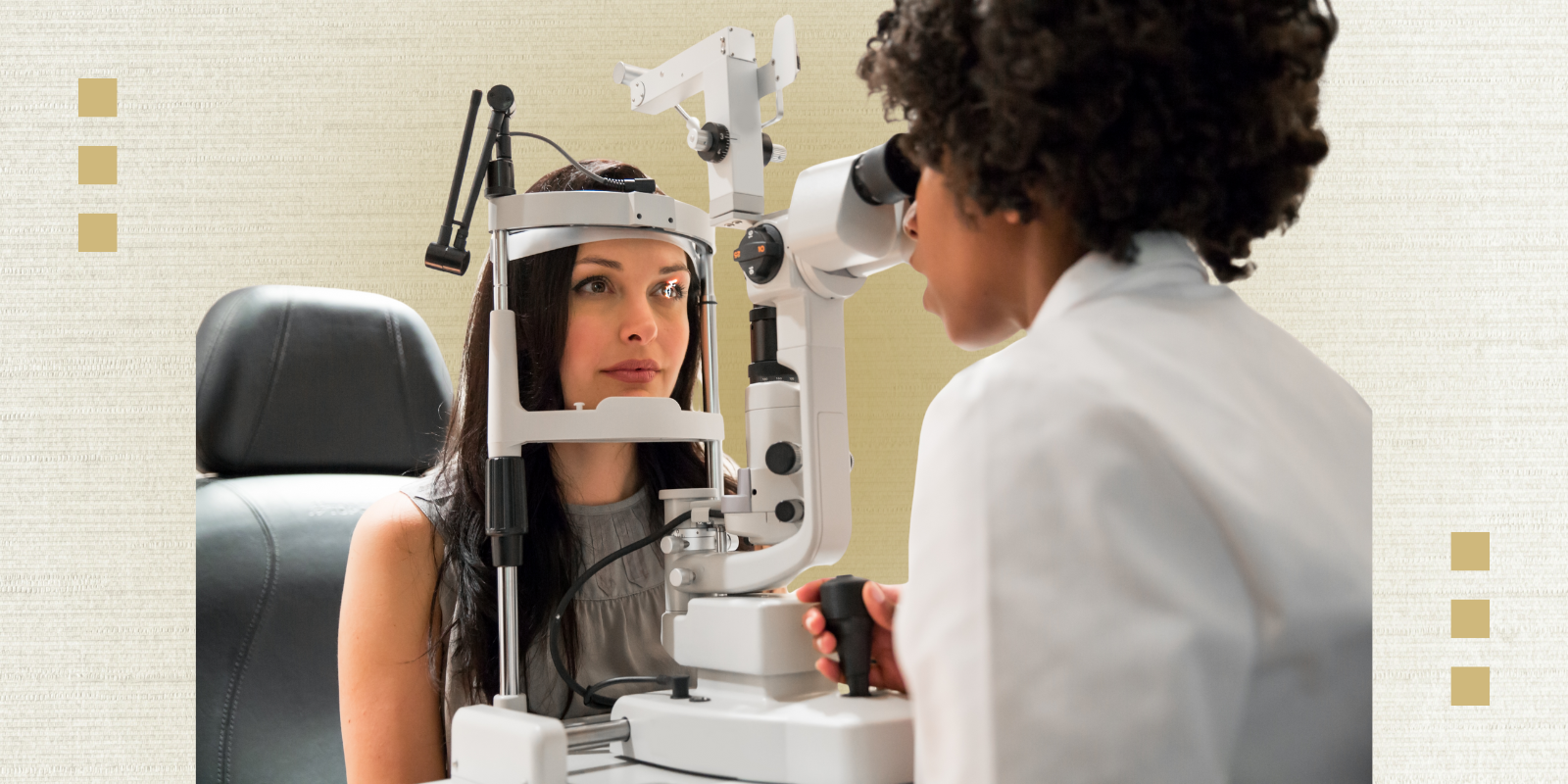Colorado boasts more than 300 days of sunshine each year and a semi-arid climate that can make the summer heat a bit more bearable, but those conditions are also ripe for exacerbating dry eye, which affects up to 50 million people across the country.
Dry eye is a common condition that arises when a person’s tears fail to adequately lubricate their eyes sufficiently. Tears can be inadequate and unstable for many reasons. For instance, dry eye can manifest when tear production decreases or when the tear quality is poor.
University of Colorado Department of Ophthalmology associate professor Tianjing Li, MD, MHS, PhD, director of the Cochrane Eyes and Vision US Project, realized she is one of the millions that experiences dry eye after moving to the Denver metro region in early 2020. Symptoms of dry eye include eye dryness, discomfort, irritation, redness, burning or stinging sensation in the eyes, sensitivity to light, blurred vision, and eye fatigue.
Li’s diagnosis, which came from fellow CU ophthalmologist Darren Gregory, MD, opened the researcher’s eyes to the disease, prompting her to lead a systematic review and meta-analysis of incidence and prevalence of dry eye. She and a team of researchers from the CU School of Medicine found that prevalence of dry eye in the United States is around 8%, but there is a lot of uncertainty around this estimate.
Li’s first-hand experience with the disease has led her to scientific investigation and some tips and perspective for others who also experience the irritation of dry eye.


.png)


